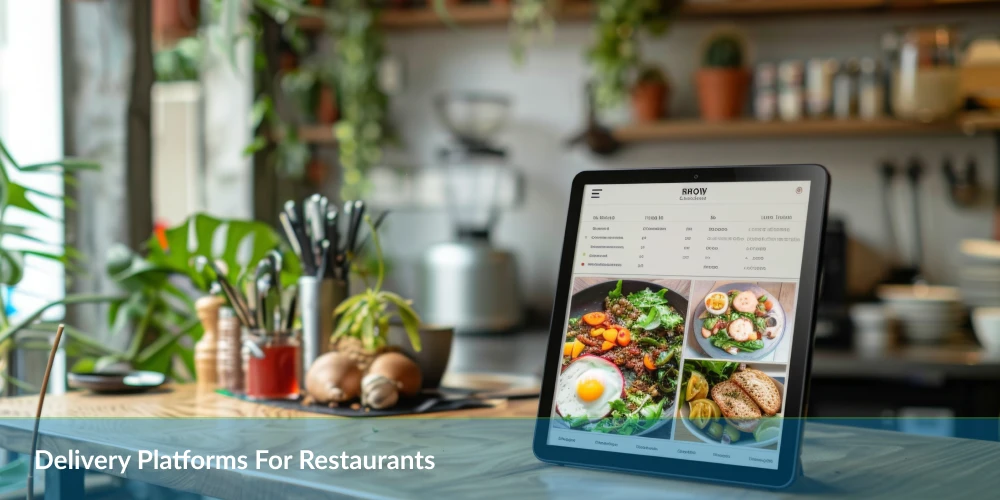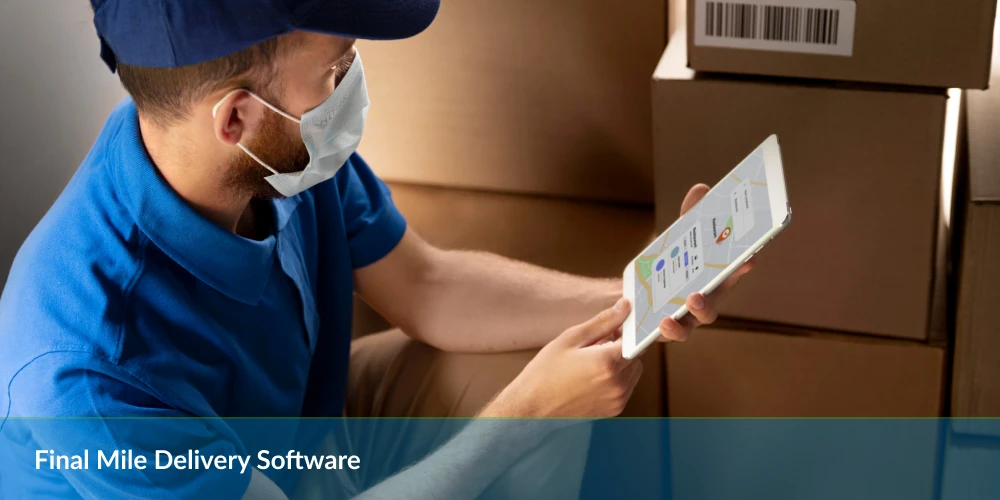Table of Contents
The global location intelligence market was estimated to be over USD 16 billion in 2022 and is expected to grow at a rate of 15.6% up to 2030. Its impact on delivery management demonstrates that companies integrating local intelligence technology into their last-mile logistics operations achieved 3% to 4% lower average delivery costs.
This implies enabling location intelligence to empower your delivery management and get ahead of your competition. Before going any further, let’s discover what location intelligence means in general and how it has the potential to enhance your business operations in real time.
Location Intelligence and Its Role in Augmenting Business Operations
Location intelligence (LI) is utilizing geospatial, GPS, and other location data and transforming it into actionable business insights.
By creating a smart map or dashboard by adding layers of geographical data such as traffic, weather, and demographics, companies can get real-time information about when an event has taken place, why it is taking place and what has caused it.
This gives them a better understanding of their operations, customers, and the market in which they operate, which helps them make more informed decisions about everything from effective fleet management to optimizing delivery routes and reducing costs.
Here’s a glimpse of some of the other advantages of leveraging location intelligence technology for your business:
- Enrich Your Business Intelligence
Location intelligence helps enhance a company’s business intelligence by identifying trends and patterns that may not be immediately apparent from other types of data. Providing companies with a deeper understanding of their operations, customers, and markets can generate valuable insights into customer behavior, market trends, and other factors influencing better decision-making and driving business growth and success.
- Discover Growth Opportunities
Location intelligence helps an organization identify areas with a high potential for growth, such as regions with a high concentration of a particular demographic or regions with high demand for a particular product or service.
Location intelligence can also be used to analyze the locations and strategies of competitors, helping companies identify opportunities to differentiate themselves and capture market share.
- Enhance Customer Experience
According to BCG, businesses that use local intelligence in real-time monitoring increased customer satisfaction ratings by 6% to 11%.
In fact, location data can be used to tailor the customer experience to the specific needs and preferences of the individual customer.
By getting valuable insights into consumer interests and preferences, companies can learn more about customer interests and activities through location intelligence data and create accurate personas for sales, marketing, and customer service.
While location intelligence streamlines delivery management and drives operational efficiency, it has an indispensable role in augmenting last-mile delivery operations. Let’s check out how.
How Location Intelligence and Last-Mile Delivery Management Go Hand-in-Hand
The logistics industry continues to suffer from challenges that revolve around high infrastructure maintenance costs, conversion of energy, safety regulations, environmental challenges, and more.
Here’s how logistics powered by location-based data and analytics can streamline their last-mile delivery processes:
- On-Time Delivery
Location intelligence uses real-time tracking to streamline delivery and provide accurate times of arrival. Fleet managers can use location information to reduce loading and unloading times at warehouses and ensure on-time delivery to the customer.
Real-time tracking also helps monitor the location and status of deliveries synchronously, allowing them to respond to any issues or delays as they arise.
- Fleet and Driver Safety
Location intelligence can be used to identify routes that are safer and more efficient, as well as to track the location and movements of vehicles in real time. This helps identify potential safety issues, such as aggressive driving or vehicles operating in hazardous conditions, and take steps to address them.
Additionally, location intelligence can be used to monitor the speed and behavior of drivers and to provide alerts if they are engaging in risky behaviors, such as driving too fast or following too closely. This can help to prevent accidents and improve overall safety for both the drivers and other road users.
- Optimization of Routes
Location intelligence leverages route optimization to identify the most efficient routes for delivery or transportation based on a variety of factors such as distance, traffic, and the availability of infrastructure.
It can also be used to identify patterns and trends in transportation data, such as identifying areas where there are consistently long delays or bottlenecks. This information can be used to make adjustments to routes or schedules in order to improve efficiency and reduce delays.
- Cost Reduction
With real-time route optimization and tracking, delivery vehicles consume less fuel and reach their destinations faster, ensuring cost reduction and savings.
The NetworkON Advantage
NetworkON addresses some of the most common last-mile delivery challenges by leveraging the best available tools and technology for local intelligence.
Our delivery management system uses multiple sources of location data (Mapbox, HERE, Waze, and Google Maps) that help improve the accuracy and reliability of location intelligence by providing different perspectives on the same geographical area.
As an AI-powered delivery management software, NetworkON promotes informed decision-making, helping you achieve your business goals faster and increase your ROI.
Additionally, we help you deliver personalized customer experiences, streamlining your sales and distribution operations to give you a great advantage over your competition.
To learn more, email us at info@networkon.io or visit our website.





0 Conversations